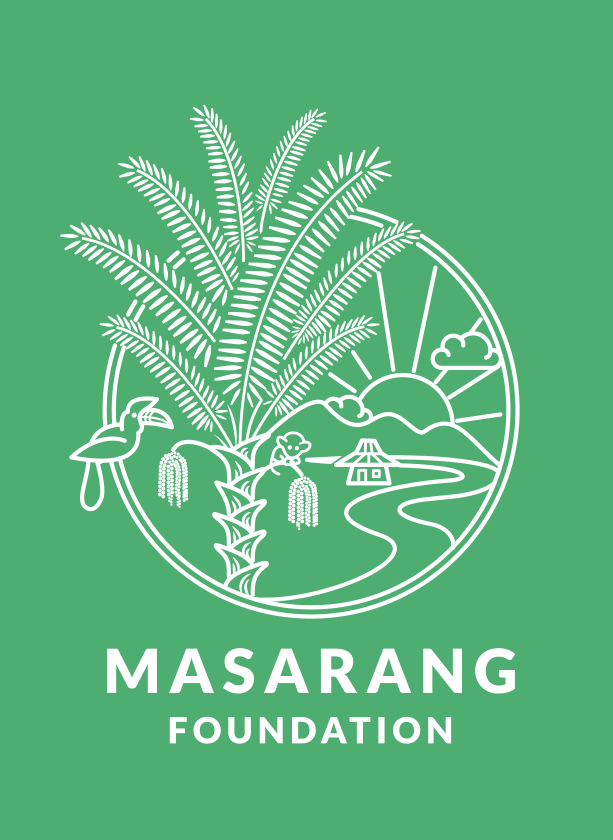Tasikoki coastal protection
Sea level rise is a major problem in Indonesia with disastrous consequences at the local level. Tasikoki beach, located next to the Wildlife and Rescue Center, has partly lost 18 meters of coastline over the past 15 years. Since this trend will most likely be continued, we are forced to do something about this as soon as possible.

We, the TU Delft Tasikoki Coastal Protection research team, have started this assignment since February. Our team, consisting of Hydraulic Engineering, Construction Management and Offshore Master’s students, will work on this for 10 weeks.
Mapping the area
The first five weeks have now flown by. The first half of the survey consisted of mapping the area. Then investigating the causes of erosion, taking measurements and processing data. In collaboration with the local university, Institut Teknologi Minaesa from Tomohon, we performed the measurements. We also shared our knowledge and methods. Combinations of home-made and advanced measuring equipment have been used to collect the entire range of data on and around the beach.

Solutions
To work towards relevant solutions for Tasikoki beach, we use a model that reflects the dynamics of the coast. With this we test the effects of the possible solutions on the development of the coast in the short and long term. In addition to the consequences for the development of the coast, the solutions are tested on the basis of, among other things, costs, feasibility and effects on nature and environment.

Within the solution framework, we work according to the “Building with Nature” principle. Solutions must be implemented in harmony with existing nature. This in order to preserve and possibly even enrich the current biodiversity on land and in the sea.
Current tasks
The possible solutions are currently being modeled and tested. For the possible solutions, an implementation plan will also be written, so that simple steps towards the realization of the advice can be made. In this way we hope with our expertise to contribute to the protection of the hinterland. This could possibly be applied on a larger scale. The valuable Indonesian coast can with this hopefully be protected for the future in a sustainable and responsible manner.

You can follow us!
Are you interested in a weekly update of our project? Then follow our LinkedIn Pagina.

Related articles
This article is part of four articles:
1) The article Temboan beach tells about a large project that Masarang recently started on North Sulawesi.
2) The article about Benni Over describes the action that Benni started to plant 200,000 trees near this beach. This -among other things- to promote water quality and to help protect the coral.
3) And an article about speeding up coral recovery, a project that is being carried out by students from Delft. First it is tested on the beach and the coral of Tasikoki, after which the technique will also be carried out on the Temboan beach.
4) The second article by Willie provides some additional information about the coral restoration at Tasikoki.
